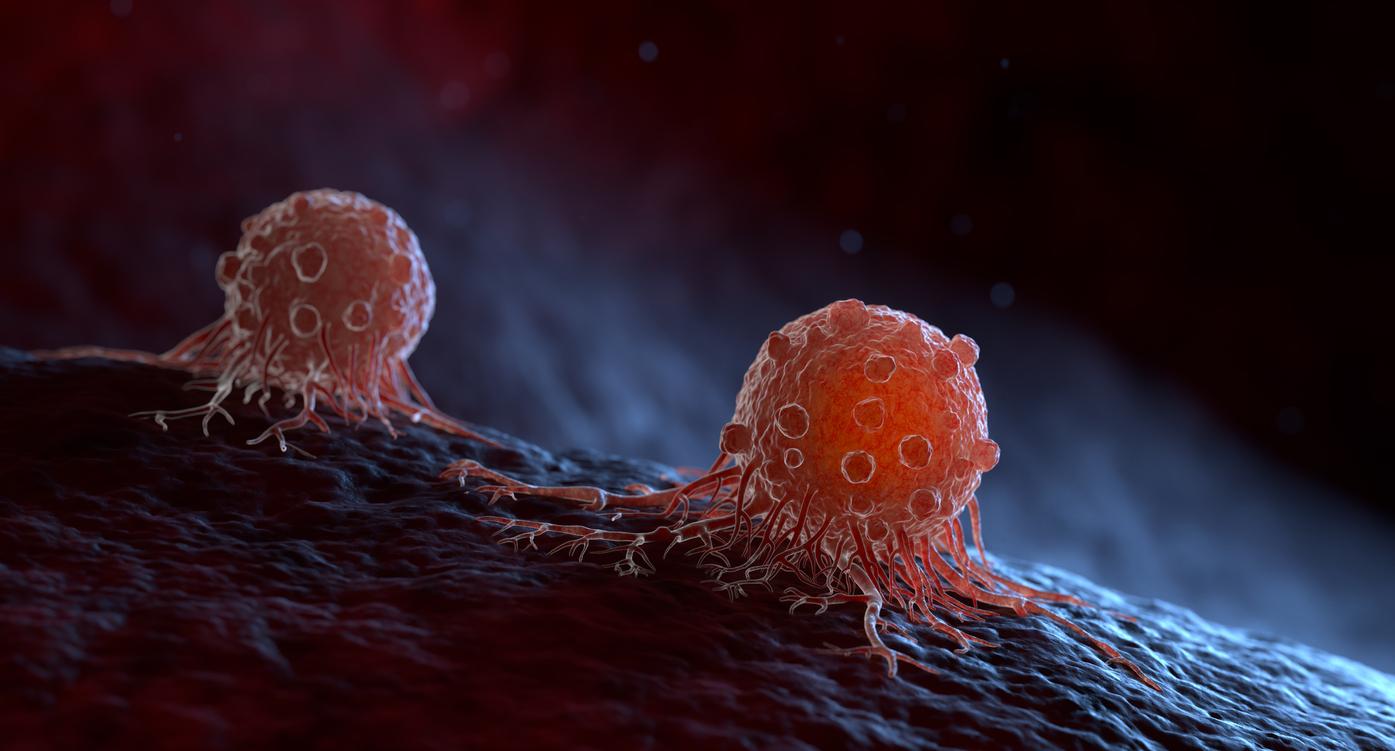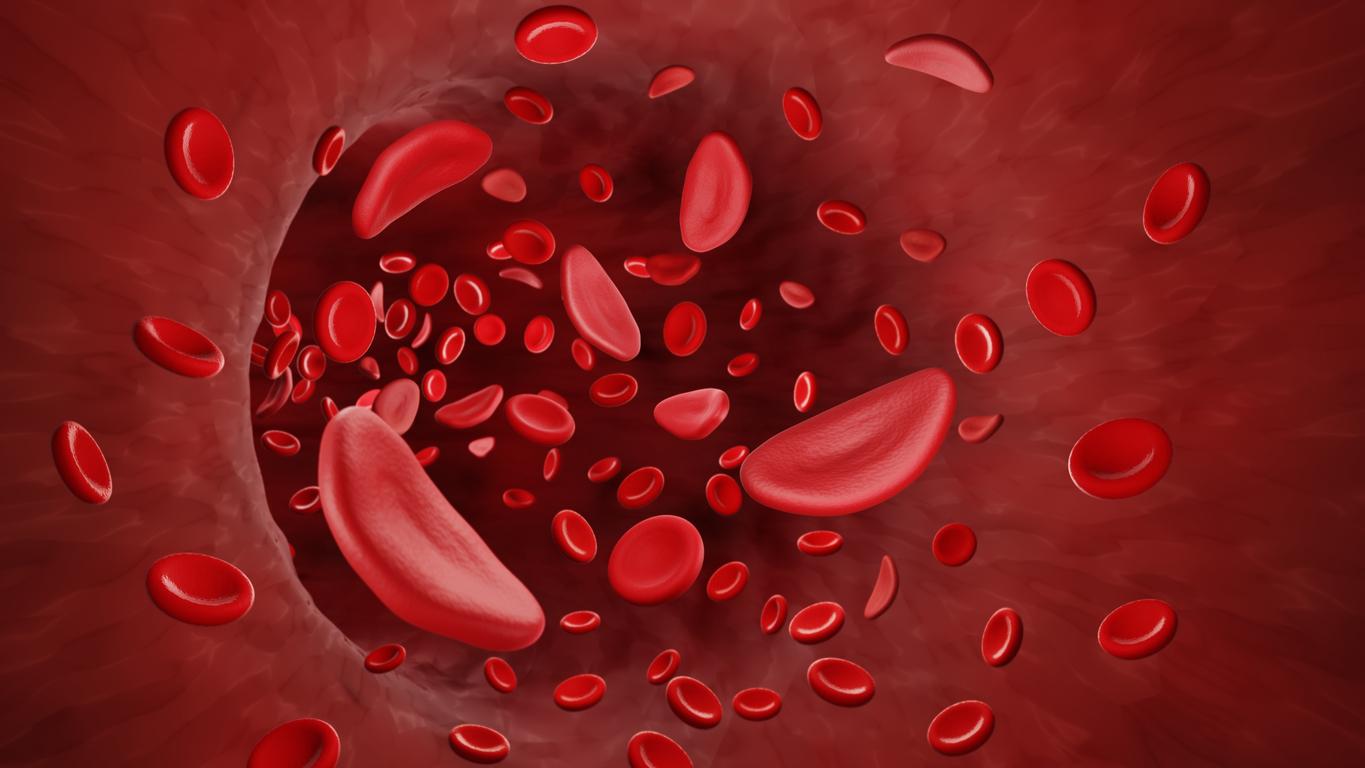Antisense, assemblies of molecules capable of specifically blocking a mutated gene and the production of an abnormal protein, find their first clinical applications in an orphan disease, hereditary amyloidosis.

Two different Antisense, complex molecules that can be produced industrially, are able to block the production of an abnormal excess protein (mutated transthyretin) and improve patients with an anomaly to a level never before achieved. rare genetics at the origin of hereditary amyloidosis with polyneuritis.
The 2 studies are published simultaneously in the New England Journal of Medicine. The 2 Antisenses are different, their effectiveness is close and there is a difference in tolerance. These studies finally pave the way for the large-scale therapeutic use of molecules that were discovered more than 15 years ago.
In theory, Antisenses, or “interfering RNAs”, are capable of being developed specifically for each disease (and even for each patient) where the secretion of an abnormal protein is produced in excess in the body.
Antisense are therapeutic interfering RNAs
All the genetic information necessary for the constitution of living things is written in our chromosomes which are transmitted from parents to children and are contained in the nucleus of cells.
Chromosomes are made up of 2 strands of DNA, with each strand of DNA being a very long sequence of oligonucleotide molecules. At regular intervals on these DNA strands are located small sequences of oligonucleotides which correspond to genes, the DNA fragments which code for the production of a protein.
When it is necessary to produce a protein, the DNA strands pull apart, a complementary (“mirrored”) sequence of the gene is made in the form of “messenger RNA”. This will leave the nucleus of the cell and be “translated” (or transcribed) into protein by the organelles of the cell. This process is normally regulated by interfering RNAs.
Block the production of an abnormal protein
In hereditary amyloidosis with polyneuritis (and kidney and eye heart problems), there is excess production of an abnormal protein, mutated transthyretin, due to a genetic defect in the gene encoding this protein. This protein will then be deposited throughout the body and in particular in the nerves, heart, kidneys and eyes) to cause damage.
So far, to avoid these deposits, we have tried to destroy or remove the abnormal protein, but it does not work very well. It is also possible to correct the abnormal gene with gene therapy, but it is still risky and very difficult.
Antisense, or “therapeutic interfering RNA”, can be manufactured outside the body, mirroring the abnormal gene, in an industrial process which is now not very complicated, provided the complete sequence of the mutated gene is obtained. They can then be reinjected by veins or subcutaneously in the patient to enter the cell nuclei and very specifically block the abnormal genes on the DNA, without affecting other genes or causing side effects.
A remarkably powerful tool
In the 2 studies presented, the results are incredible with a drastic reduction in the production of mutated tranthyretin and a regression of 70 to 80% of neurological lesions in 18 months: an exceptional result in severely disabled patients who are at risk of dying.
There is still work to be done to compare the 2 Antisense, but the results obtained already demonstrate the validity and the power of the therapeutic concept. Thus, the treatment of any disease where the blocking of a gene secreting an abnormal protein, whether in overload disease or in cancer, is likely to be completely revolutionized.
The Antisense technique has no limit and we can even individualize the treatment for each person and focus on much less serious diseases. It is even possible to consider manipulating living things by blocking any gene, temporarily or permanently to improve a person’s physical and intellectual capacities.
Editorial: Oligonucleotide Drugs for Transthyretin Amyloidosis https://t.co/esncAm6HxO pic.twitter.com/kuHEj0LSPx
– NEJM (@NEJM) July 4, 2018
.














